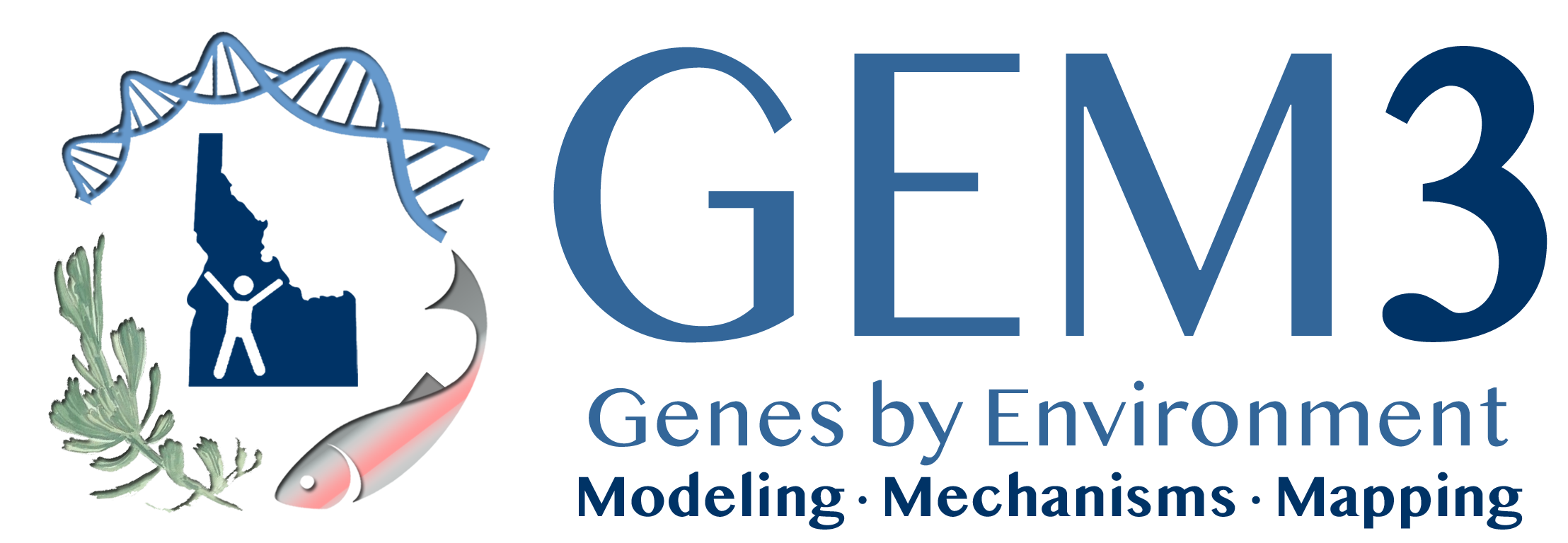Thesis | Examining Columbian Sharp-tailed Grouse Nesting and Brood Rearing Habitat Using Machine Learning and Land Use and Land Cover Trends in Southeastern Idaho
This project found a relationship between Columbian Sharp-tailed Grouse lek counts and the rate of change in land cover types and burned area within 4 kilometers of a lek between 1985 and 2018. A mitigating factor is the presence of Conservation Reserve Program (CRP) within that nesting and brood rearing habitat. Geographically Weighted Regression analysis indicates reduced lek counts in areas with increased fire area (r2 = 0.944), decreased sagebrush cover (r2 = 0.949), and low CRP area (r2 = 0.957). Additionally, we surveyed a wildfire impacted CRP field using Uncrewed Aerial Systems (UAS) to create a high-resolution vegetation classification map to compare with Sentinel-2 multispectral imagery. Support Vector Machines resulted in the best classification accuracy across two study fields using UAS (0.798, 0.893) and sentinel (0.454, 0.439). The UAS habitat survey revealed increased cheatgrass and decreased sage and shrub cover in burned areas (+14.4% annuals, -12.6% perennials and shrubs).
- Columbian Sharp-tailed Grouse
- habitat mapping
- classification
- Support Vector Machines
- Rangeland Shrub Component
- wildland fire
- Sentinel-2
- multispectral
- photogrammetry
- Conservation Reserve Program
- Geographically Weighted Regression
Data Authors/Creators
Contact Information
- English
- USGS Grant/Cooperative Agreement no. G18AP00077
